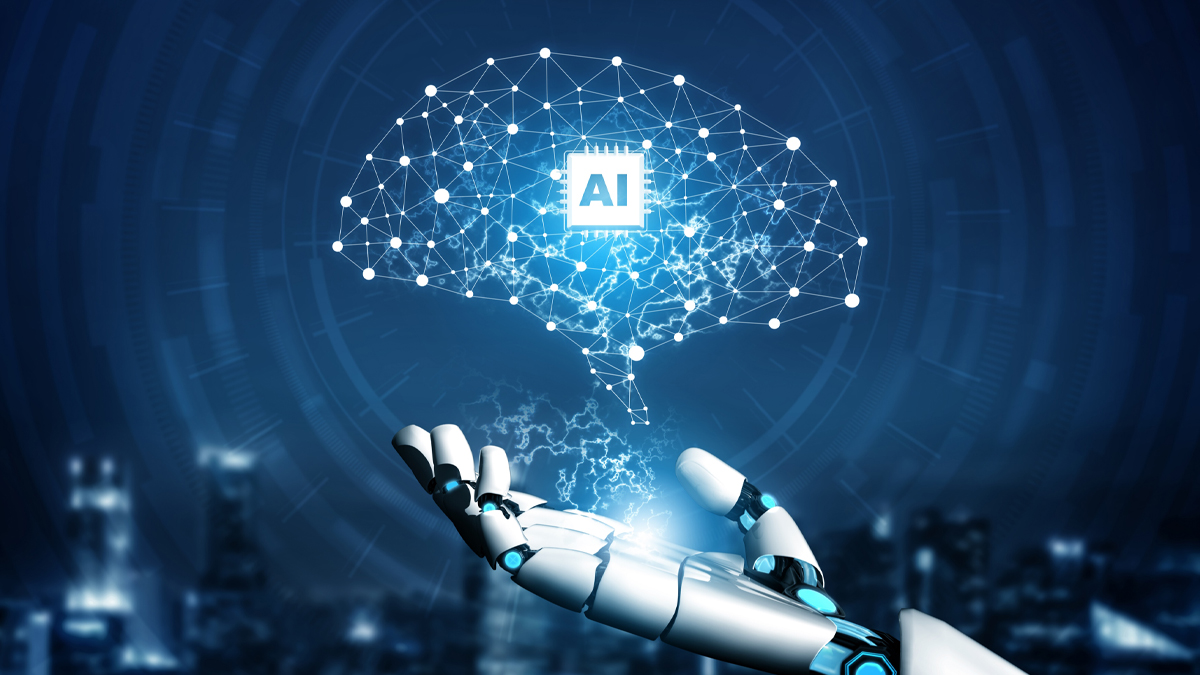By harnessing advanced algorithms, filmmakers can capture, generate, and refine complex visual data in real time, reducing costs and expanding creative possibilities. From scene capture to postproduction cleanup, AI-driven tools automate labor-intensive tasks and empower storytellers to focus on artistic vision. This article explores key innovations each explained under its own heading to illustrate how AI and ML are reshaping every stage of virtual production.
| Table of Contents | |
|---|---|
| I. | Neural Radiance Fields (NeRF) for Volumetric Scene Capture |
| II. | Generative Adversarial Networks (GANs) for Synthetic Asset Creation |
| III. | Deep Learning–Enhanced Real-Time Denoising & Super-Resolution |
| IV. | Machine Learning–Based Predictive Lighting & Color Matching |
| V. | AI-Driven Automated Camera Tracking & Virtual Camera Path Planning |
| VI. | Reinforcement Learning for Autonomous Virtual Cinematography |
| VII. | Deep Neural Networks for Facial Performance Capture & Retargeting |
| VIII. | Self-Supervised Learning for Semantic Scene Segmentation |
| IX. | NLP-Powered Script-to-Storyboards & Previsualization Automation |
| X. | AI-Assisted Compositing, Rotoscoping & Shot Cleanup |
| XI. | Predictive Analytics for Resource Scheduling & Workflow Optimization |
Neural Radiance Fields (NeRF) for Volumetric Scene Capture
Neural Radiance Fields use deep neural networks to model the color and density of every point within a 3D scene. By training on multi-view images, NeRF generates continuous volumetric representations that can be rendered from any viewpoint. This enables filmmakers to capture complex environments with unprecedented detail and flexibility, allowing live adjustment of camera positions in postproduction. NeRF workflows streamline the transition between on-set shooting and virtual set extension.
Generative Adversarial Networks (GANs) for Synthetic Asset Creation
GANs consist of two competing neural networks a generator and a discriminator that collaboratively learn to produce highly realistic synthetic assets, such as textures, props, and even entire backgrounds. In virtual production, GANs can rapidly generate varied scene elements that match a film’s aesthetic, reducing reliance on physical set construction. By iteratively refining outputs, GAN frameworks ensure high fidelity and creative diversity, empowering art departments to prototype and iterate at digital speeds.
Deep Learning–Enhanced Real-Time Denoising & Super-Resolution
Deep convolutional networks trained on noisy and high-resolution image pairs enable real-time denoising and upscaling on live virtual sets. These models filter out sensor noise and enhance fine details, allowing low-light captures or compressed video streams to look polished immediately. The result is smoother previews on LED volumes and virtual backdrops, facilitating faster creative decisions and reducing the need for costly reshoots or extensive postproduction upscaling.
Machine Learning–Based Predictive Lighting & Color Matching
By analyzing vast datasets of filmed scenes under various lighting conditions, ML models can predict optimal light placements, intensities, and color temperatures for new shots. These systems recommend lighting rigs that match a director’s visual style or ensure consistency across scenes. Additionally, AI-driven color-matching tools automatically adjust virtual and practical elements to achieve coherent palettes, accelerating look development and minimizing manual color-grading adjustments.
AI-Driven Automated Camera Tracking & Virtual Camera Path Planning
Computer vision algorithms powered by ML enable markerless camera tracking, instantly mapping physical camera movement into virtual environments. Beyond tracking, reinforcement and planning algorithms can suggest optimal virtual camera paths to capture action or highlight key story moments. This automation reduces the need for manual calibration while ensuring smooth, cinematic camera moves that align with narrative beats, freeing directors, and cinematographers to focus on creative framing.
Reinforcement Learning for Autonomous Virtual Cinematography
Reinforcement learning agents can explore virtual sets to discover camera placements and movements that maximize framing objectives, such as maintaining subject focus or achieving dynamic angles. By defining reward functions based on composition rules and narrative context, these agents iteratively learn to propose shot sequences that balance aesthetics and storytelling needs. Such autonomy augments human cinematographers, offering intelligent suggestions for complex virtual scenes.
Deep Neural Networks for Facial Performance Capture & Retargeting
Advanced deep networks analyze high-frame-rate facial footage to extract nuanced expressions and micro-movements. These models map captured performances onto digital characters, preserving subtle emotional cues. Retargeting networks further adapt these expressions to characters with different facial structures, ensuring naturalistic animation. The result is more convincing digital doubles and creature performances, achieved with fewer facial markers and reduced cleanup work.
Self-Supervised Learning for Semantic Scene Segmentation
Self-supervised models learn to partition scenes into semantic regions (e.g., actors, props, backgrounds) without extensive labeled data. By understanding scene structure, virtual production systems can isolate elements for targeted effects such as selectively relighting actors or replacing backgrounds on LED walls. This approach accelerates mask generation for compositing and enables real-time adjustments to individual scene components during filming.
NLP-Powered Script-to-Storyboards & Previsualization Automation
Natural language processing tools analyze screenplay text to identify scene descriptions, character actions, and camera directions. These insights drive automated storyboard generation, assembling rough visual panels from prebuilt asset libraries. By converting dialogue and stage directions into preliminary previsualizations, directors gain early visual context, streamlining planning and reducing miscommunication between creative teams.
AI-Assisted Compositing, Rotoscoping & Shot Cleanup
Machine learning models trained on labeled compositing tasks can automatically separate foreground elements from backgrounds, generate accurate roto masks, and fill in missing pixels around edges. These AI-assisted tools dramatically cut down manual frame-by-frame cleanup, allowing compositors to focus on fine artistic adjustments rather than repetitive masking tasks, speeding up the postproduction timeline.
Predictive Analytics for Resource Scheduling & Workflow Optimization
By mining historical production data such as shoot durations, asset usage, and post-production timelines predictive analytics tools forecast resource needs, budget variances, and potential bottlenecks. Production managers can use these insights to allocate crews, schedule server time for rendering, and anticipate delays. This data-driven approach ensures smoother coordination across departments and more efficient virtual production pipelines.

